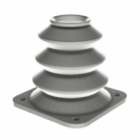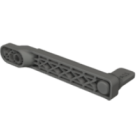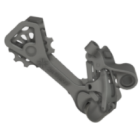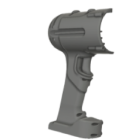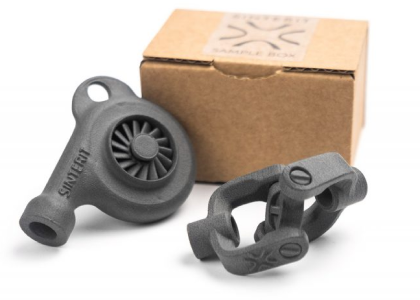Is 3D printing cost-effective for production and prototyping?
The idea of 3D printing as a cost-effective solution is often mentioned — but what does that really mean in practical, measurable terms? While the technology is sometimes perceived as expensive or niche, additive manufacturing has matured into a powerful tool for reducing costs, streamlining workflows, and minimizing waste. However, like any production method, its cost-effectiveness depends on context: the type of parts you print, how often you print, and what value the technology adds beyond just the print itself.
What makes 3D printing a cost-effective manufacturing method?
Cost-effectiveness is not just about lowering immediate expenses — it’s about maximizing value relative to what you spend. In 3D printing, that often includes:
- eliminating tooling and mold costs,
- reducing lead times and inventory,
- avoiding supplier markups for low-volume or custom parts,
- consolidating multiple components into one optimized print,
- iterating designs faster and with lower engineering overhead.
In short, the financial benefit of 3D printing often lies in its ability to compress product development cycles and enable just-in-time production, rather than simply undercutting material or unit costs.
How to calculate ROI of 3D printing
Whether you’re investing in desktop prototyping or industrial-grade production, 3D printer ROI (return on investment) should be assessed realistically. This means looking beyond the sticker price of the printer and considering:
- machine amortization over expected lifespan,
- material and post-processing costs per part,
- labor input (setup, finishing, maintenance),
- downtime avoidance or supply chain independence,
- design and iteration speed compared to outsourcing.
For businesses that regularly prototype, iterate, or produce custom components, the ROI can be striking — often measured in months, not years. Especially in industries like automotive, aerospace, healthcare, and manufacturing tooling, savings on low-volume production, spare parts, or on-demand jigs and fixtures quickly outpace initial investments.
Situations where 3D printing is not cost-effective
Despite its advantages, 3D printing isn’t always the right answer. For high-volume runs of simple parts, injection molding or CNC machining may still offer better cost-per-unit. Similarly, parts requiring extreme surface finishes or tolerance without secondary operations might drive up total costs. In such cases, additive manufacturing might serve better as a prototyping or bridge tool, not the final solution.
Hidden cost savings and strategic benefits of 3D printing
What often gets overlooked is the strategic value of additives. Being able to manufacture locally, respond to design changes instantly, or reduce dependency on traditional supply chains creates cost avoidance that doesn’t show up on a per-part breakdown. For companies in fast-moving or highly specialized markets, that flexibility alone can justify the investment.
Summary: is 3D printing a smart investment?
So — is 3D printing cost-effective? Absolutely, when used strategically. It doesn’t replace all forms of manufacturing, but it excels where agility, customization, and short-run production are needed. The real ROI of 3D printing lies not just in saving money, but in empowering smarter, faster decisions throughout product development and supply chains. For organizations willing to adopt a design-for-additive mindset, the cost benefits go well beyond the print bed.
Explore also
- How to calculate 3D printing cost?
- Factors affecting print cost
- 3D printing: in-house vs outsourcing
- Is buying a 3D printer worth it in 2025?
- How much is 3D printing?
- Is 3D printing profitable?
- How to reduce 3D printing cost
- Do 3D printers use a lot of electricity?
Related categories




